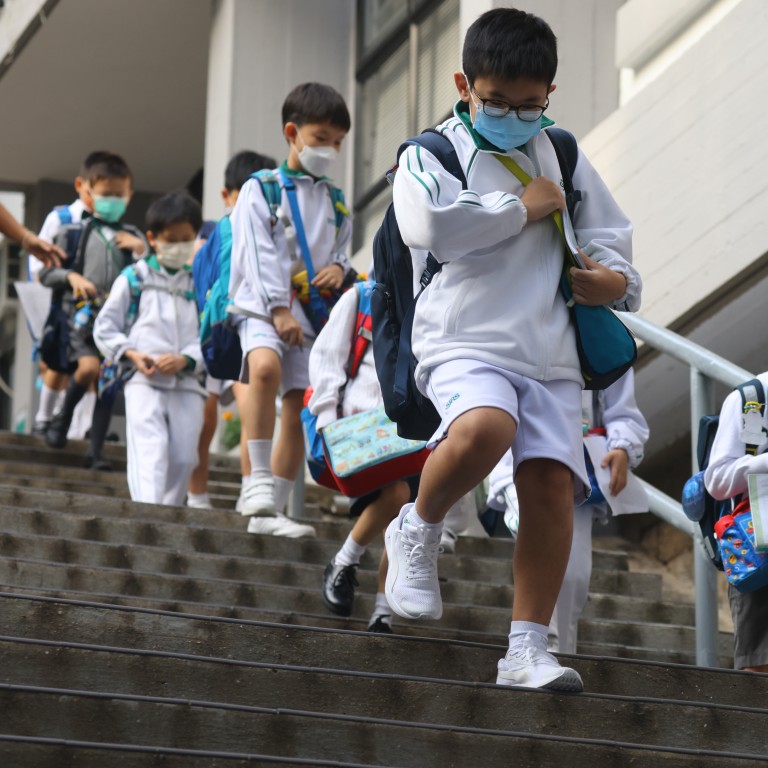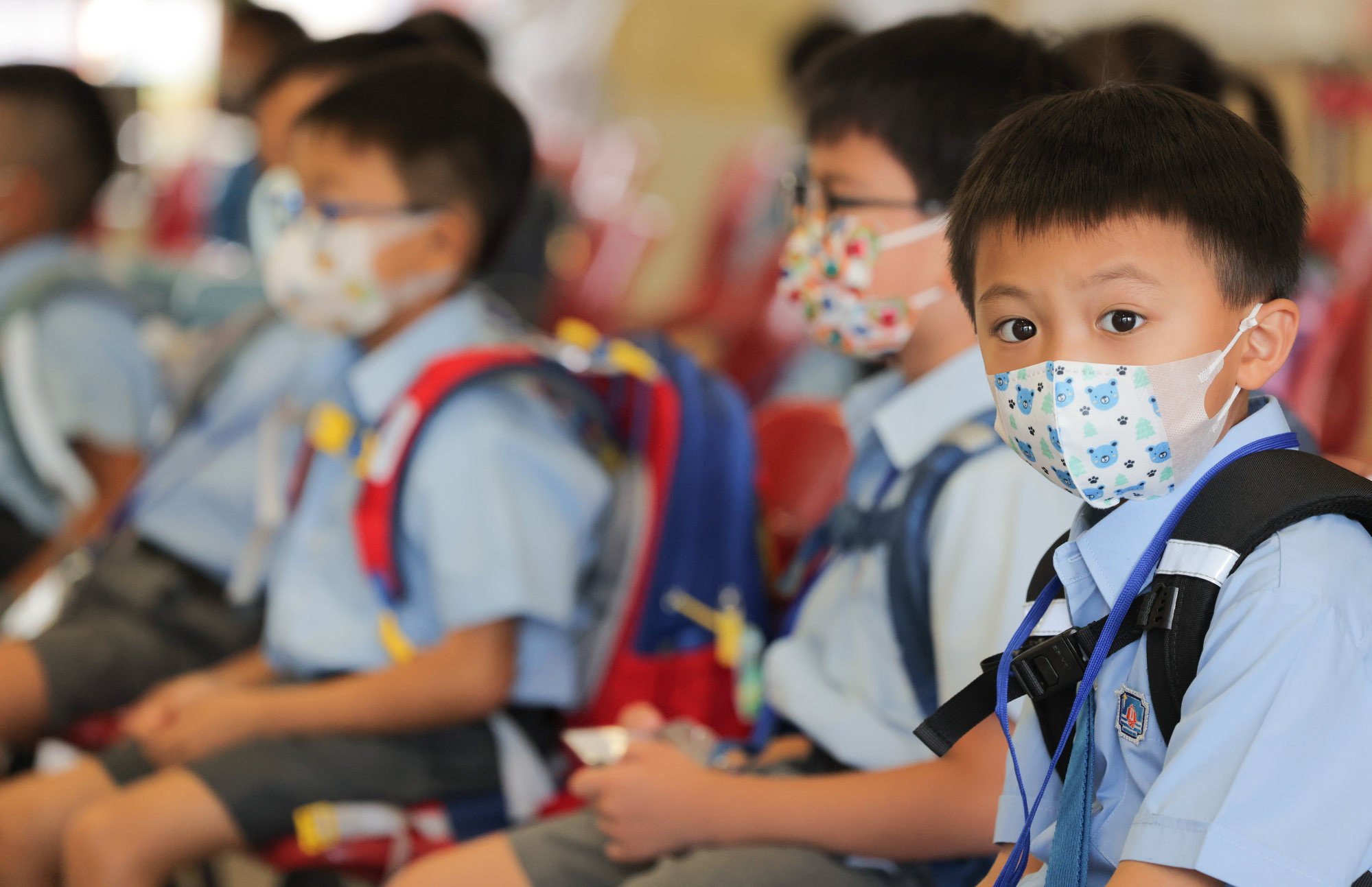
Almost half of pupils secure Primary One spots at preferred Hong Kong schools, highest in 15 years
- Education Bureau says 43,755 children landed place at school of choice during discretionary admission stage
- Results for the first stage to be released on Monday
Almost half of all pupils have secured a Primary One spot at their preferred school in Hong Kong for the next academic year, the highest in 15 years, amid a shrinking student population and a falling number of births.
The Education Bureau on Friday said 43,755 children, or 49.6 per cent, had landed a place during the discretionary admission stage, when half of the city’s total Primary One spots at local schools were assigned, before the central allocation exercise in February for unsuccessful candidates.
The 2 percentage point increase in the success rate from last year was also the highest at least since 1997. Results for the discretionary admission stage will be released on Monday.

Students can only apply for one government or aided primary school placement during this stage.
Among the 21,724 discretionary places offered this year, 11,790 were given to children with siblings studying or parents working at the schools.
The remaining 9,934 pupils were admitted through a points system. More points are given to firstborn children, those with the same religious affiliation as the school, and to those whose parents attended the same institution when they were kids.
Hong Kong schools get revised version of graphic video about 1937 Nanking massacre
Under the two-part scheme, each school earmarks the other half of its Primary One spots for the central allocation stage. Among these placements, 10 per cent are allotted for a choice of schools in or outside the pupil’s school net, or district, where they live, while the remaining 90 per cent covers institutions in their net based on address.
Results of the centralised allocation stage will be announced next June.
The high admission rate comes amid a wave of emigration which began in 2021 and a drop in the number of births, resulting in a declining student population.
Children going into Primary One in the next academic year will mostly have been born in 2017, when the number of births dropped to 56,500, from 60,900 in 2016.
113,200 residents leave Hong Kong in 12 months, census figures show
The Post earlier reported that more than 30,000 pupils had withdrawn from all types of Hong Kong schools between October 2020 and last September.
In August, the government announced more than 113,000 residents had left the city between mid-2021 and mid-2022, contributing to a 1.6 per cent drop in the population.
Ricky Ng Wing-hung, principal of Buddhist Lim Kim Tian Memorial Primary School in Kwai Chung, said the high success rate was expected.
“The kindergartens earlier told us the number of students studying in the final year of preschool had dropped drastically, and the number of students in K2 is also very low,” he said. “I think the success rate next year will also be as high as this year and may even break the record.”
Ng said parents would then be more aggressive in choosing their preferred schools during central allocation and some disadvantaged primaries would eventually face survival risks due to insufficient pupils.

